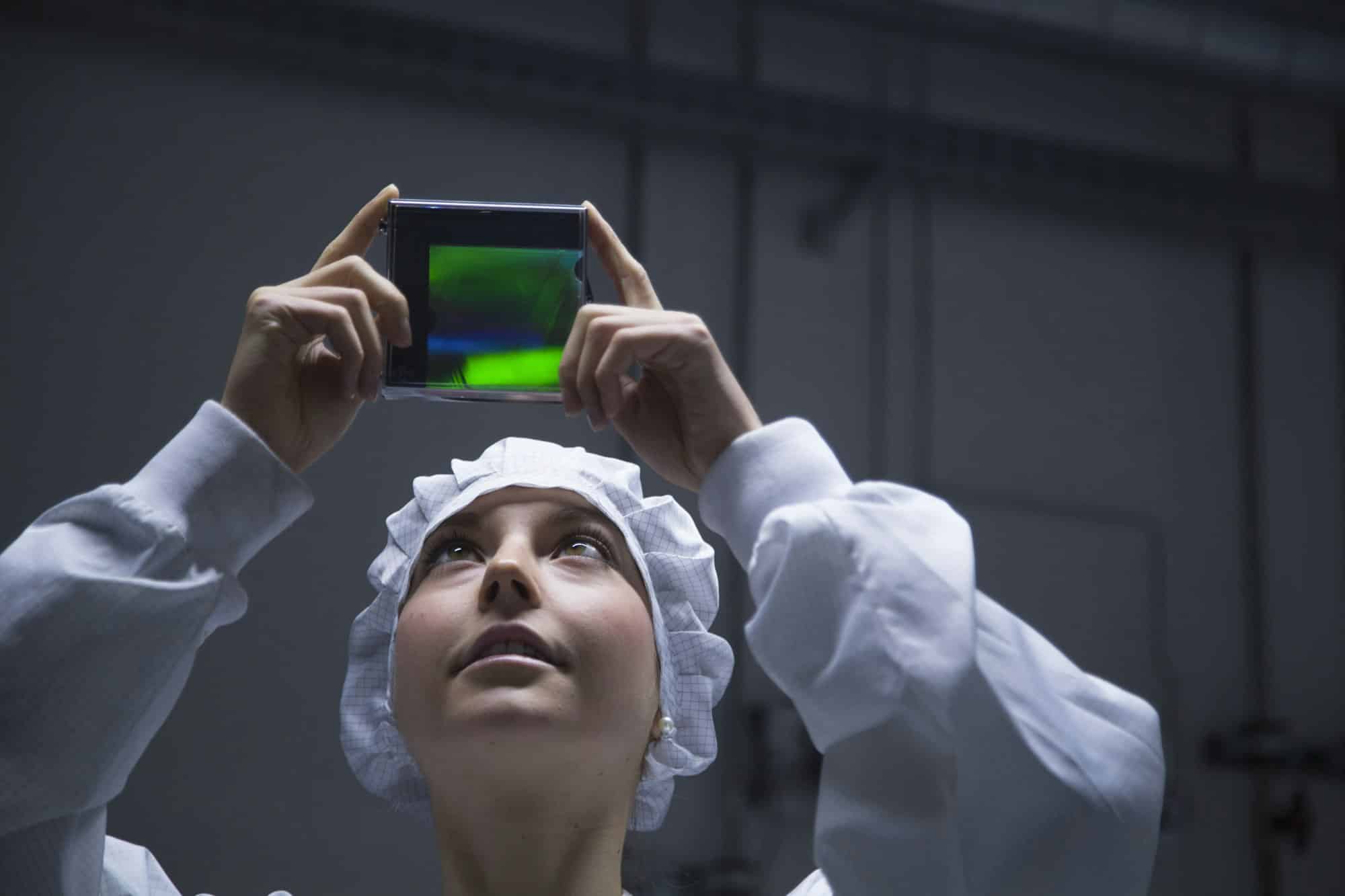What’s the Potential for Holographic Technology in Enhancing Live Performances in the UK?

In the ever-evolving world of technology, a new trend has been rapidly making its mark: holographic technology. This technology, which involves the use of holograms, is pushing the boundaries of what we thought was possible, creating an immersive, live experience that is changing many industries. From music and events to education and digital technologies, the potential applications are endless. But what does this mean for live performances in the UK?
The Evolution and Impact of Holographic Technology
The inception of holographic technology has been nothing short of revolutionary. Its ability to create virtual reality experiences and constructs that seem as real as the physical world around us is truly remarkable. Leveraging the power of light and sound, holographic technology is an innovative digital tool that can create three-dimensional images or holograms, which are the closest digital equivalent to physical objects.
Dans le meme genre : How Can Innovative Packaging Solutions Help UK Supermarkets Reduce Food Waste?
In recent years, the utilization of this technology has expanded exponentially across various industries. Businesses are leveraging it to create immersive shopping experiences, while educators are using holograms to facilitate more interactive learning. Even the music industry is not untouched by its potential, and we are seeing an increasing number of musicians incorporating holograms into their live performances.
Holographic Technology in the Music Industry
Music concerts have always been about more than just the sound. They’re a sensory experience, an amalgamation of the artist’s energy, the crowd’s enthusiasm, the stage setup, and the visual effects. With the advent of holographic technology, this experience can be taken to an entirely new level.
Avez-vous vu cela : All you need to know about the Qatar Food Festival : A culinary event not to be missed
In the UK music industry, holographic technology is starting to gain traction. Artists are exploring its potential to create more visually immersive performances that encapsulate not just the music, but also the essence of the concert experience. By projecting hyper-realistic images of themselves or their visuals in three dimensions, artists can engage their audience in a more dynamic way.
Enhancing Live Events with Holograms
Beyond the music industry, holographic technology also holds the potential to transform live events. Conferences, exhibitions, and trade shows are crucial platforms for businesses to showcase their products and services. However, they often struggle to capture the attention and interest of attendees amidst the sea of competitors.
With holographic displays, businesses can create striking, interactive demonstrations that stand out from the crowd. A 3D holographic display can make products or concepts easier to understand and add an element of intrigue that naturally draws people in. This technology can make the event experience more engaging and memorable for attendees, thus enhancing the effectiveness of businesses’ promotional strategies.
Holographic Technology in Education
Education is another sector where the potential of holographic technology is being realized. In classrooms across the UK, teachers are beginning to use holograms as an innovative tool for teaching and learning.
Imagine a geography lesson where students can explore the world’s landscapes as 3D holograms, or a history class where they can experience historic events and figures in a more vivid and tangible manner. With holograms, educators can bring abstract concepts to life, fostering more effective learning and stimulating students’ interest in the subject matter.
Holograms and the Future of Live Experiences
While holographic technology is still in its nascent stages, it is poised to play a significant role in shaping the future of live experiences. As the technology continues to develop and become more accessible, we can expect to see an increasing number of industries incorporating it into their operations.
Despite the challenges and costs associated with implementing this technology, the benefits it offers are significant. It presents an opportunity to create more engaging, immersive experiences that can better capture the interest and imagination of audiences, whether they are concert-goers, event attendees, or students.
Holographic technology signifies a new era of digital experiences. It is a testament to the limitless possibilities of human creativity and innovation. As we continue to explore its potential, we can only wonder what other exciting applications it may unlock in the future.
The Role of Holographic Technology in Marketing and Advertising
The field of marketing and advertising is another area where holographic technology is making significant inroads. In a world where grabbing the consumer’s attention is paramount, holographic imaging offers a new and exciting way to stand out. With the ability to create eye-catching, three-dimensional displays, holographic technology offers a unique means of promoting products and services.
In the UK, advertising agencies are increasingly leveraging this technology to create impactful marketing campaigns. From large-scale holographic displays in public spaces to smaller, more personalised augmented reality experiences on mobile devices, holographic technology is transforming the way businesses reach out to their target audience.
The use of holographic displays can make marketing campaigns more engaging and interactive, thus increasing their effectiveness. For example, a fashion brand could use holographic technology to showcase their latest collection in three dimensions, providing consumers with a virtual reality experience that allows them to see the clothes from all angles. Alternatively, a car manufacturer could use a holographic display to give potential customers a detailed, real-time view of the vehicle’s interior and exterior.
As the holographic technology continues to evolve, so too will its applications in marketing and advertising. Businesses that are early adopters of this technology stand to benefit from its potential to create memorable, immersive experiences that can differentiate them from their competitors.
Holographic Technology: The Future of Live Experiences
The potential of holographic technology in enhancing live performances and experiences in the UK is immense. As we move further into the digital age, the demand for more immersive, interactive experiences is only set to grow. With its ability to create realistic, three-dimensional images, holographic technology is ideally placed to meet this demand.
In the music industry, artists and promoters can use holographic technology to deliver unforgettable performances that amplify the immersive experience of live music. By incorporating holograms into their performances, artists can engage with their audience in a way that was previously unimaginable, creating a mixed reality experience that blends the physical and digital worlds.
Similarly, in the fields of education, marketing and advertising, holographic technology can be used to create engaging, interactive learning experiences and promotional campaigns. By bringing abstract concepts to life and providing consumers with a tangible, visual representation of products and services, holographic technology can enhance understanding and engagement.
Despite the challenges associated with implementing holographic technology, such as high costs and the need for specialised equipment and expertise, its potential benefits are undeniable. As the technology continues to advance and become more affordable, it is likely that we will see an exponential growth in its use across a wide range of industries.
In conclusion, holographic technology holds immense potential in shaping the future of live performances and experiences in the UK. Its ability to create vivid, immersive experiences can revolutionise the way we engage with music, education, marketing and more. As we continue to explore and harness the potential of this technology, we can look forward to a future filled with more impactful, engaging and memorable experiences.
